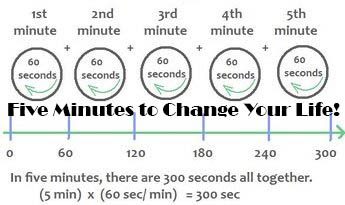Understanding the Lapse of Time a Challenge? Try These Simple Effective Approaches for the Chronically Late.
Understanding the Lapse of Time a Challenge?
Try These Simple Effective Approaches for the Chronically Late.
Many people take for granted, being able to fully comprehend clock time and the lapse of time, in association with day to day activities. We are not talking about “reading” time, which is learned through repetition and memory, but rather, about the passage of time and the level of awareness of the passage of time. Those without a keen and consistent awareness of the passage time, experience high levels of frustration and stress. Consider that your chronically late child wants to be on-time. She can read time and tell you what time it is, but she does not fully understands what “we need to be in the car in ten minutes” means as far as, what can and cannot be accomplished before the end of the ten minute period. So she keeps “doing” and inevitably, ten minutes passes and she is late, oblivious as to how it happened, again.
For kid (and adults) who can’t grasp the concept of time, use of universal clock time as a measurement, is not enough for them to grasp the concept. Referencing their own experience of time passing, and applying a universal clock label to the experience , may be helpful.
Consider, creating an association for your child, between an experience that she knows well and the lapse of certain time periods. For example, here is the exercise that a parent thought of one day, after surrendering to the fact that her statement “we are leaving in five minutes,” was merely a compilation of words that had little meaning, to her two bundles of joy. So here is her success story, in her words:
1. We all stood at the top of the driveway; I with my stop watch and my kids wide-eyed and game for the “experiment.”
2. I told the kids, “when I say go, I want you to walk down the driveway at a regular pace, until I say “stop.” I will not say “stop” until one minute has passed. It is important that you walk at a regular pace.”
3. I said “go,” and they were off and walking, intermittently looking back, excited. I then said “stop!” One had made it 3/4 of the way down and other had made it across the street.
4. I followed with ” . . . now look at where you are . . . it took you one minute to get there.” They were both very surprised and excited. I asked, what surprised them about it. They were surprised and elated that they now knew what a minute was! [I may have been more excited and elated than the two of them combined].
5. I asked them come back up the driveway while I timed them and I asked them how long they thought it took to come back up. They looked at each other, smiling and glowing, and said in unison “one minute!” I said, as though we had all won the lottery, “YES!!!” We all hugged and life has been more peaceful, as a result.
They totally GOT IT. Before this they could not fully understand what “we are leaving in five minutes,” meant. But they’ve always known exactly what it feels like and how long it takes them to go up or down the drive. Now I say “we are leaving in the time it takes you to walk down the driveway five times.” They get it and our home is more peaceful as a result.
This is similar to the exercises that the kids do during a measuring unit at school, for measuring physical things, e.g., first using their unique hands and feet and then the universal ruler. For kids who can’t grasp the concept of time, the universal clock time as a measurement, is not enough for them to grasp the concept. Again, referencing their own experience of time passing, such as walking down their driveway, and applying a universal clock label to the experience, such as one minute, may be helpful.


